As an Amazon Associate I earn from qualifying purchases.
Brining olives is the oldest way to cure olives, especially green ones. What follows are instructions and troubleshooting on how to cure olives with a brine. There are other ways I’ll get to below.
This post assumes you have access to fresh, green olives off the tree, which are pretty but inedible — they are impossibly astringent. Olive trees can be found all over California, in many parts of Arizona, as well as Australia and, obviously, the Mediterranean, where they are native.
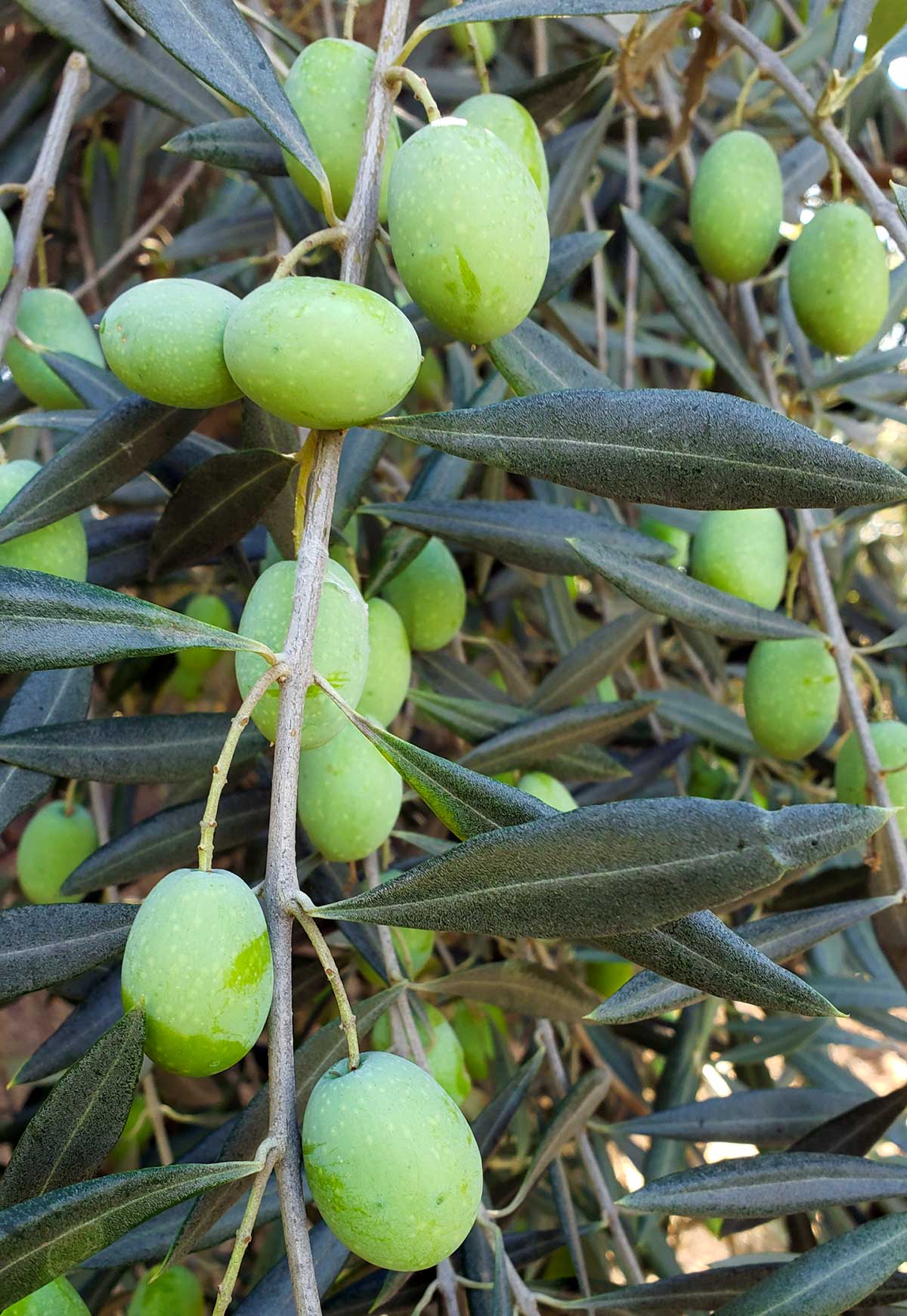
You can buy fresh olives online, and over the years I have provided links, but these companies seem to come and go quickly, so I don’t do that anymore. Just Google “buy fresh olives” around September here in the United States, and I think March in Australia.
The timing is important because you want fresh green olives. And yes, like peppers, all olives start green and ripen to another color, usually black in the case of olives.
Green, unripe olives are firmer and way more astringent than ripe ones. Brining olives when they are green is a great way to cure them, and green olives are the only olives suitable for what, admittedly, is my favorite cure, which a lye cured olive. That process, believe it or not, has been used for 2000 years, and is not as scary as it sounds.
You can brine ripe, black olives, too, just so you know.
My general rhythm is to cruise my local parks in late September or early October; they are full of olive trees, remnants of pre-suburbia orchards around here. On some crisp autumn Saturday, I go picking. Look for pretty olives, with few or no blemishes, and which are not wrinkled.
Tiny dots on an olive are OK, but many may be rotten with olive fly, whose larvae burrow into olives and leave a beige scar where they entered. that telltale scar means there is a visitor lurking within your olive.
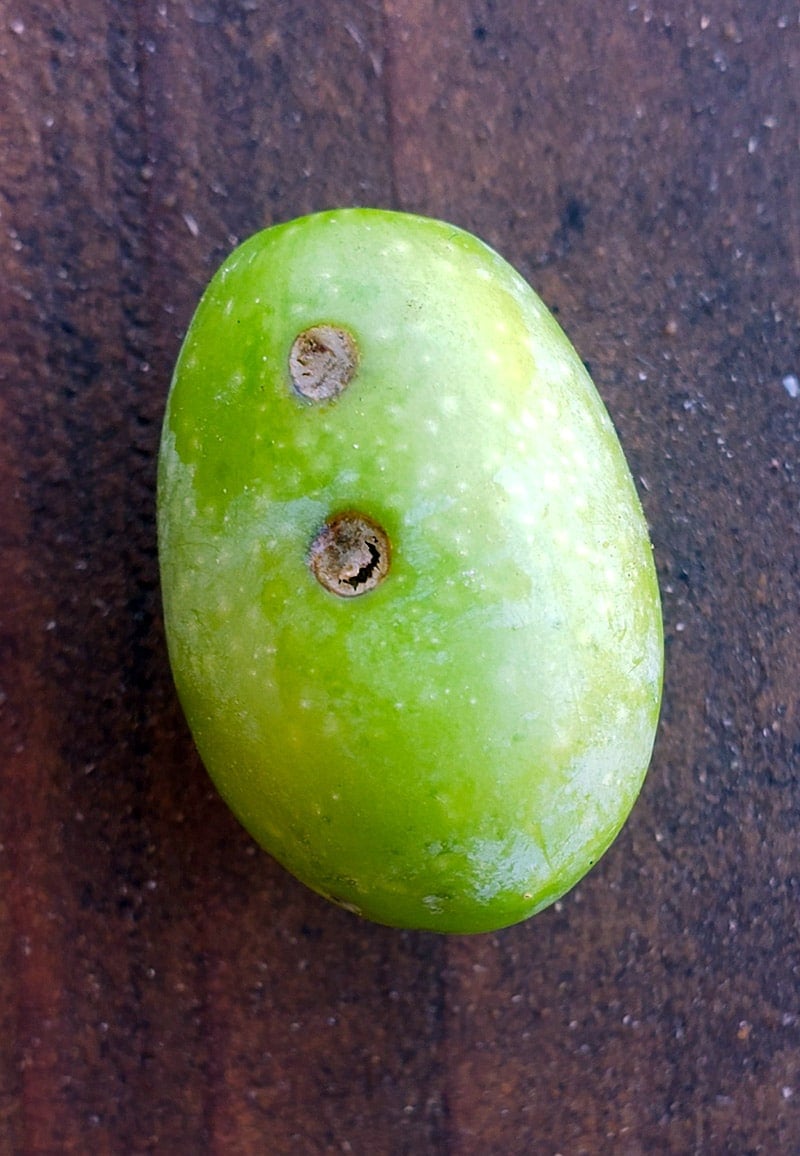
Another hazard are the dry olives. Trees forced to live by their own wits — away from regularly watered grass — are stressed, and their olives shrivel early. Shriveled olives are usable, but they bruise rapidly and don’t make a clean green olive.
When you get home, separate your olives into small, medium and large olives — it doesn’t matter what variety they are, as I don’t know how to tell the difference. If you don’t have enough large ones to make its own batch, mix them with the mediums.
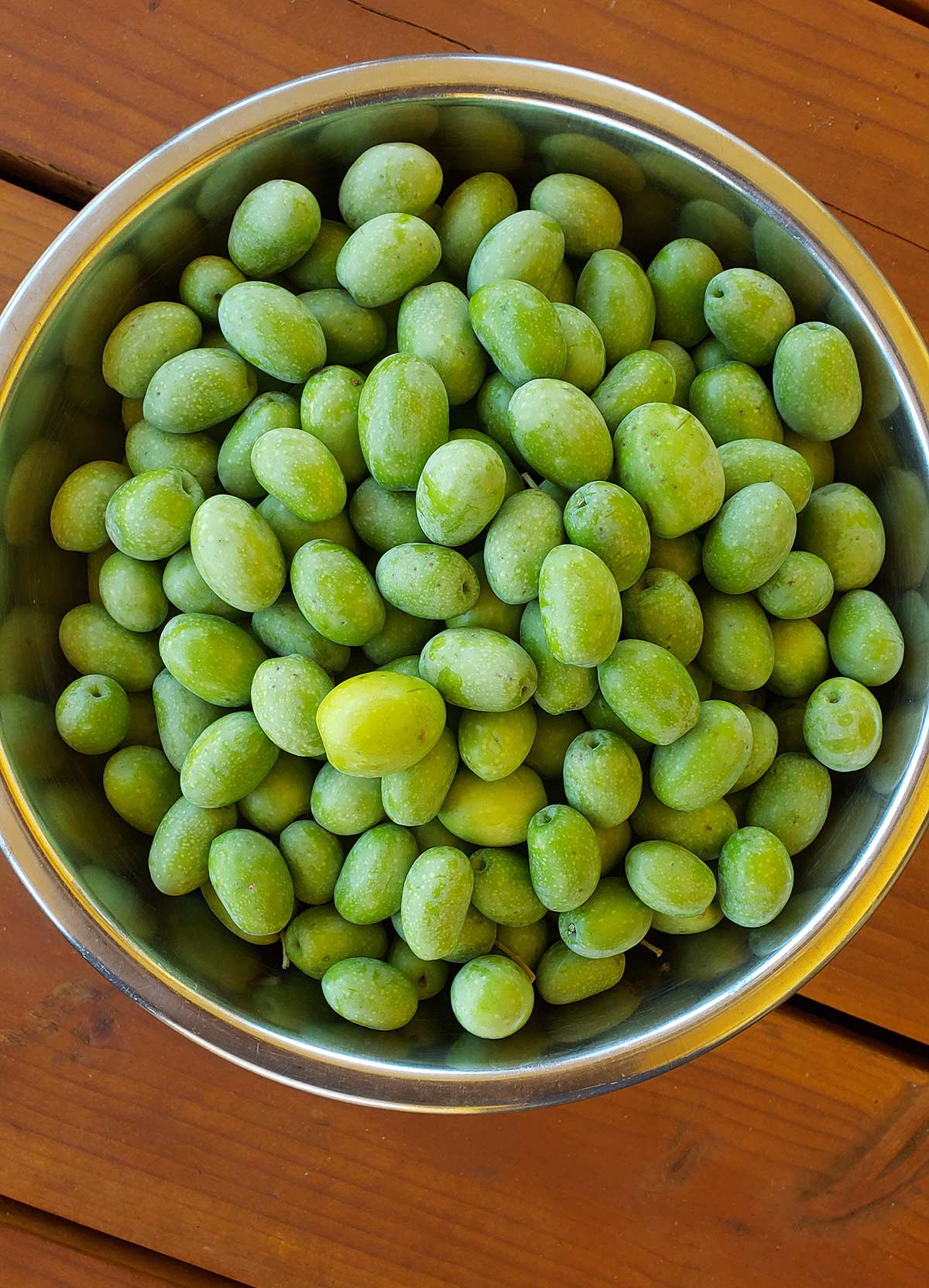
Unless I am doing the lye cure, brining olives is my preferred method, as it is low-maintenance and results in a super-tangy, salty olive that keeps for more than a year and cries out for beer or ouzo. And I like ouzo. A lot.
Brine-curing is easy, but takes a long time. You make a brine of 1/4 cup kosher salt (I use Diamond Crystal) to 4 cups water, plus 1/2 cup of vinegar: white wine, cider or simple white vinegar. Submerge the olives in this brine and top with cheesecloth or something else to keep them underwater. Do not cut them.
Cover the top of the container loosely (I use large, 1 gallon glass jars) and put the jar in a dark, cool place. That’s it. Check it from time to time — meaning every week or so at first. The brine should darken, and you might get a scum on the top. That’s OK.
What’s going on is that your olives are fermenting; it is the fermentation that breaks down the oleuropein over time. The what? Yeah, oleuropein is the astringent substance in an unripe olive. It needs to go if you are going to eat one. Fermentation is why I never wash my olives before curing — I want those natural yeasts on the outside of the olive to do their magic.
I change my brine every month or two, when it begins to look extra nasty. I don’t re-rinse the olives, during changes, either, because I want the residue to act as a “starter” to get the next batch of brine going.
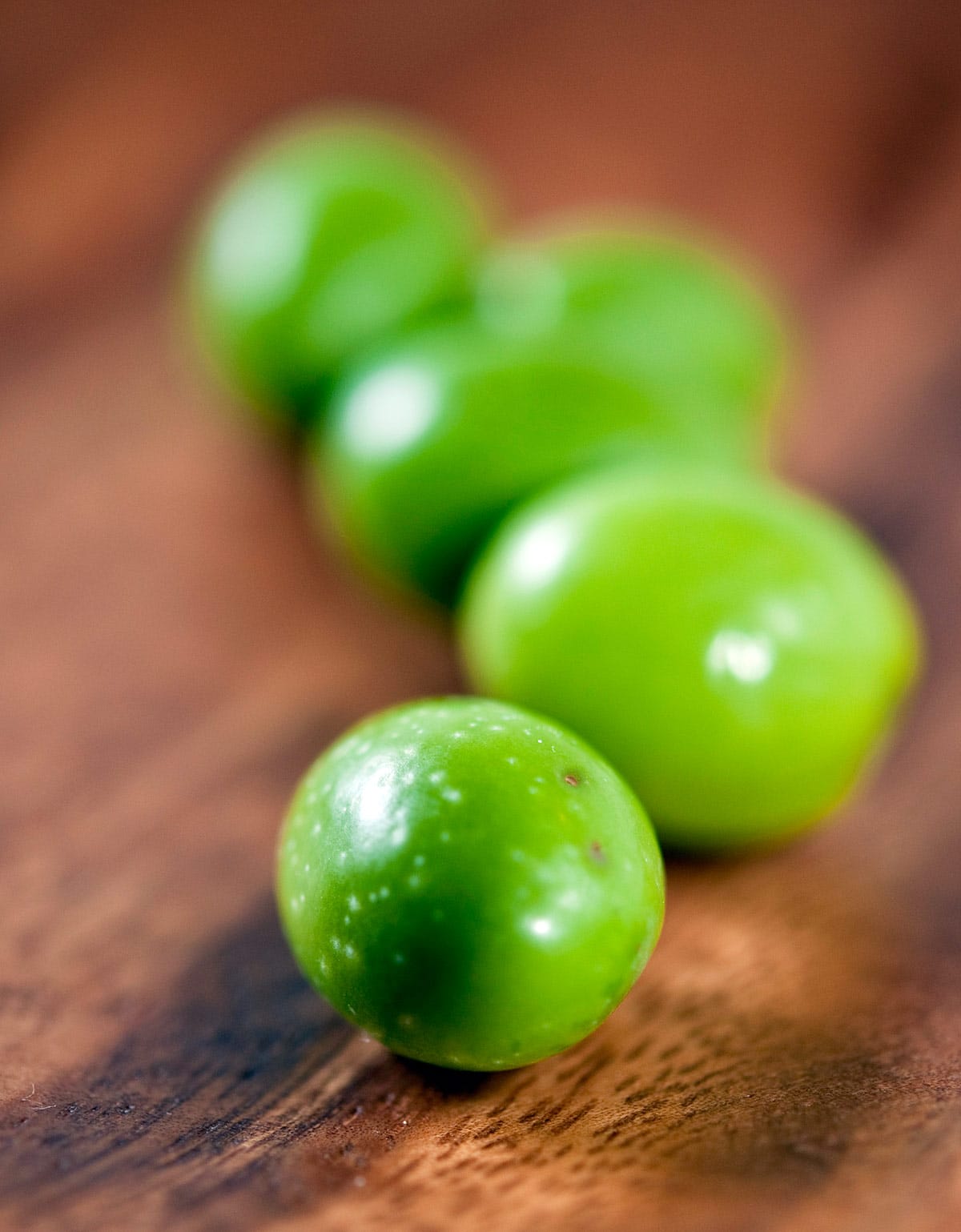
Keep in mind you will be in for the long haul: Olives picked in October are typically ready to eat in May or June. It’s a lot like making wine.
Add seasonings after the New Year, or even later, otherwise you risk too much spice and not enough olive flavor; this is especially true of chiles. If you find you’ve gone too far, change the brine and don’t add new seasonings, and let it steep for a few weeks. That should calm things down a bit.
Once the olives are finished, there is a certain show-off factor when you pull out a plate of olives you cured yourself. “These are your olives? Wow.” Plus, you can flavor them any way you like, which is a bonus.
If you’re too late for green olives, I really like salt cured black olives, which we all call oil-cured olives since that’s how they are stored. If you want to cure black olives, my method is to oil-cure olives.
Brine Cured Green Olives
Ingredients
- 4 pounds fresh green olives
- 1 cup kosher salt
- 1 gallon water
- 1 cup distilled vinegar
Instructions
- Assuming you've already checked your olives for worm scars (see headnotes), discard any with too many blemishes. Place the olives in a stoneware crock or large glass jar with a lid carefully. Fresh olives actually do bruise easily.
- Mix the vinegar, salt and water together. No need to boil, as it will dissolve at room temperature. Pour this over the olives, making sure they are submerged by at least 2 inches. Add more brine in the same ratio if need be.
- Chances are the olives will float. You need to keep them away from air, so I put a plate over them that is just about the size of the jar or crock. You can also use a plastic bag filled with water to keep the olives away from air. Once the olives are submerged, cover the jar or lid (lightly screw on the top if there is one) and place the container in a cool, dark place. A basement is ideal. You don't want them to ever get beyond 75°F if you can help it, because at higher temperatures the olives can go soft. Since this is a wintertime cure, it should not be a problem. Low temperatures are fine, just don't let them freeze. Let them sit for several months.
- As time passes, you will see a scum of mold and weirdness form on the top. This is normal. Skim it off once a week and you'll be fine. At some point the brine itself will get pretty icky. I like to change the brine every month or so, but this is not strictly needed. The olives are done when they are no longer bitter, anywhere from 2 to 4 months.
- Only now do you add other seasonings, like chile peppers, black peppercorns, herbs or citrus peel. Do this in a fresh brine, and let this new, flavorful brine sit 2 weeks before serving. Store the olives in this brine, in a cool place or refrigerator, for up to 2 years. I keep them in quart Mason jars.
Notes
Flavor Additions
- dried chiles
- bay leaves or similar aromatic leaves like citrus leaves
- thyme, sage, oregano, rosemary
- allspice, black peppercorns, juniper berries
- smashed garlic cloves
Nutrition
Nutrition information is automatically calculated, so should only be used as an approximation.

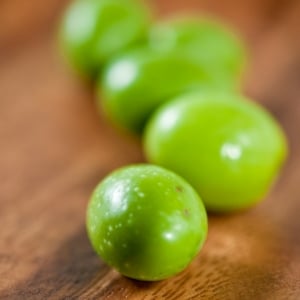
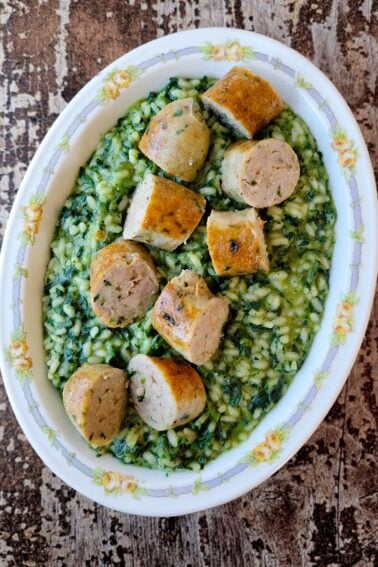
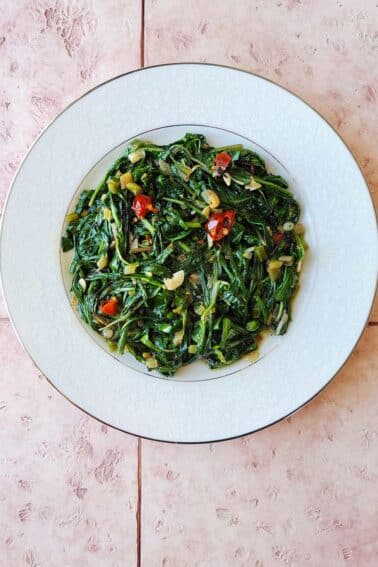

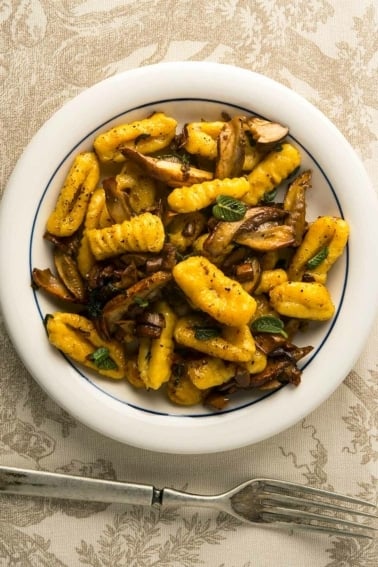
Are you still curing olives and do you sell them? The only natural cured olives I have found are Graber from California. My cousin used to order them by the case. I love them.
Okay, I’ll try to be more patient. Thanks!
Hank, I have completed the water curing and brining process for green Barouni olives I purchased online from Chaffin Family Orchards. Even after water curing for 30 days and the subsequent transfer to brine, my olives are still very bitter. They also have a very tough texture, not smooth and buttery like the store bought green olives I am used to. Is this just the nature of water cured olives or did I perhaps mess up the process?
Also, I love the gourmet olives I purchase that come in olive oil with various seasonings. Is there a way to mimick this at home?
Thanks!
Emily: Give it time. It can take months for the bitterness to leave. Once they are to your liking, then add the flavorings you like.
Hi Hank, Olives cured in salt brine for two months seem done. Can I store them in a seasoned water & vinegar solution without salt now? I don’t want them to get more salty flavor.
ciao, my father has made the olives for many years now its my turn to continue the process, i went 30 days of changing water in the crock pots, using super colossal olives, now add brine to the crock pot and let sit in brine? or brine and jar now? i do remember my dad adding garlic fennel and sea salt to the bare olives and then jarring, but what part of the process is this act? grazie amico
Giovanni: Taste an olive. If they are tolerably bitter – they can still be a little bitter at this point — move to a brine. If they’re still unbearable, keep changing the water.
Thanks very much, I had remembered stopping @ a rest stop in Northern Valley and seeing the trees fruited there. Their natural off-the-tree taste was nasty. None of my Rhodale publications contained a brine recipe.
I have just completed the lye process on my green olives, I started the brine yesterday and this morning the olives have blisters on them. And they taste a little bitter. My question is did I do something wrong and are they going to be okay to eat?
Susan: Blisters? That’s a new one. Not sure. Sounds like maybe too much lye?
I have started to brine my olives as per a recipe from the ucberkley site. I am 2 weeks through the process and I see brown bloches on the olives. are they suppposed to discolor like that?
David: It happens. I get annoyed by that, and I toss the really blotchy ones, but in the end a few blemishes are OK.
Hi – I’ve done the water cured method followed by brine from your site before, but I misunderstood and brined them in jars for a long time after they were water cured. They were delicious, and I was wondering how long you actually brine them before eating them once they are water cured? Thanks!
Hi Hank,
I have an offbeat question for you: For years I have loved Mezzetta Colossal Sicilian Style Olives. My greatest fears have come true: Mezzetta is discontinuing this style of olive.
I’m desperate to mimic the “juice” in which the olives are bottled. I’m not sure if this is a brine or just a juice into which they put the olives after they are cured. The juice is phenomenal. Mezzetta only says “spices” in the list of contents. It says only vinegar but isn’t specific. I can identify by sight some of the spices…there’s definitely red chile pepper, bay, garlic, fennel, coriander…not sure what else.
Hank, I’d gladly send you a bottle of these olives if you could lend some expert advice.
I really want to mimic these olives if I can.
Mark
I have curing my olives (unk variety) for four weeks in a salt water bath, in glass containers. This is my 3rd year trying this. This year, the olives were a little greener than before, but some had a slight rose blush to them. After the 2nd salt bath change, a ‘scum’ started around the edge of the water that looked like a mold almost…fuzzy but flat. At the next change, I washed the containers and added new salt bath. Same thing. Just tasted one at the 4 wk Mark to see if the bitterness was gone, it was….but….the olive tasted metallic! Tried a second one..same thing. The olives have been in glass containers with another glass container on top to hold the olives under water. They also have not darkened like the previous years. Are they safe to continue with? Kinda scared of killing off family and friends! Thanks for the help.
Hi…I brined my olives using the water/kosher salt method changing weekly. They are coming along nicely. My question is: When should I add the olive oil, white wine vinegar & whatever other “goodies” I desire? Would this be considered a final brine? I would like to give as gifts for Christmas. Thanks for any suggestions or ideas, Carolyn
cksspace: Sorry, they will not be ready until about Easter. That’s the drawback of this process.
Thank you for answering, Hank! Both the tiny dots and the tan/brownish spots seem to be fairly common from reading the other comments. If the thin, dark line through the flesh and dark area around the pit are caused by olive fly, would the larvae be visible with the naked eye? Grateful for any info, jewel
I guess I should have mentioned that almost all the olives developed spots during the first day of the water soak. Where I cut into the olive was where a dot was that became a spot. The spots are all over them, however. Thanks again, jewel
I’ve seen little spots, too. They don’t seem to affect the olive, but they are a blemish. I’d toss those with too many. Sure it’s not olive fly?
I’m thankful to have come upon your site. You have answered a great many of my questions. The olives I purchased only have the tiny dots you mentioned, anything worse I didn’t use. However I’ve been cutting into any suspicious looking olives and found that many have a dark line through the flesh from the dot to the pit and an area along the pit that looks dark and mealy. This is the 4th day of the water soak of the brine cure. Can you help? This is my first time and I don’t know if I should continue or throw them away? Thank you for any help…jewel
Well, I tried your olive technics last year with a shipment of Black Olives, ordered my green olives this year to experiment with. I do have one question, you give 2 technics for the curing the green olive part. In the 1st you water bathe them daily for about a month, in the 2nd you mention brining the smaller olives. Is that from the getgo or after the month of water bath? I really enjoyed the results from the black olive recipes, an fact, have had to hoard the last of them because everyone wants them 🙂 Thank you!
It’s from the get-go. You choose which method you want to go with. Good luck this year!
Thanks for the quick response! I ate one last night and I didn’t die so I guess they are okay. 🙂 Just not that pretty. I’ll probably end up pulling out the worst of them.
Thank you so much for this recipe! I have 4 olive trees at my house and have been trying to figure out what to do with the olives. I have a question though. How bad are spots? My olives did not appear to be affected by the olive fly, but once I started the water soaking most turned spotted. Like little darkish brown spots over most of the olive. The spots haven’t gone away now that the olives are in the brine. They smell good and I have no scum so I am hoping they are still okay. Thanks!
Depending on what the cause of the spots is, you should be OK. I normally get that from olive fly, but I’ve seen “normal” discoloration, too.
Hi Hank,
Here’s one for you- I ordered some olives online, which were promptly delivered. They are Castelvetranos, and taste musty. Is this normal? The company says it’s just the brine, and to soak them in water for a few days. I still taste mustiness, though. Have you ever experienced this with your olives?
No, but then I pick my olives fresh and cure them. Could be a storage thing?
Hi, update… left my olives for over a month in the brine as I didn’t want to jar them up. (the last batch was perferct so I thought I would just let them sit) I went to get more to prepare and they are way too soft now. What did I do wrong? How do you stop the process of them doing that? Looks like I will have to start over as the texture is pretty weird. 🙁 Thanks!
I think the temperature got too hot. The olives always soften over time, but it typically takes months and months for them to get unpleasantly so. I’ve had good ones keep for a year or more. BUT, I’ve also noticed that when the temperatures get much above 75 degrees the olives soften very quickly.